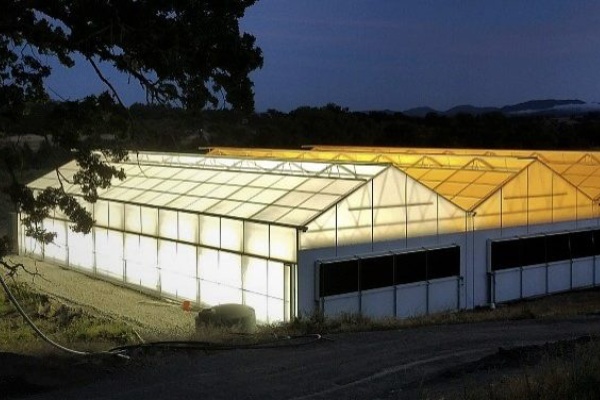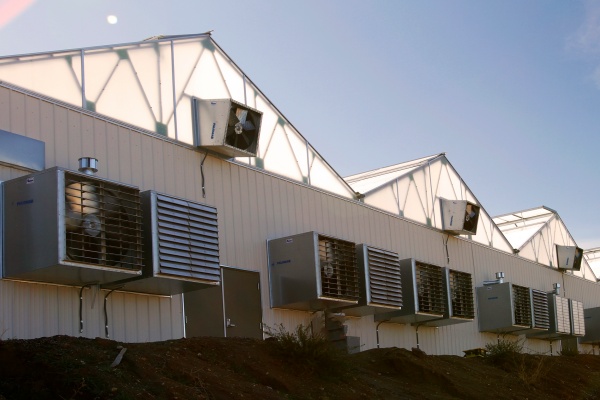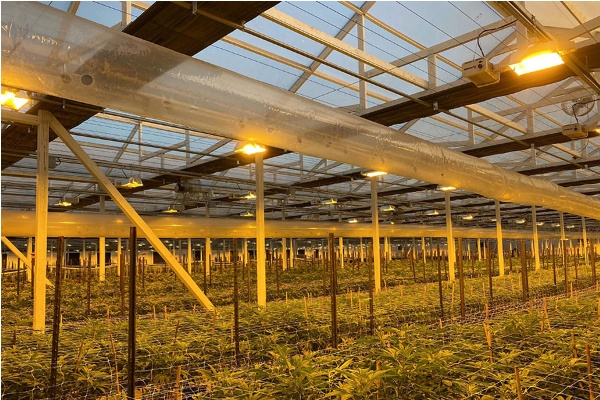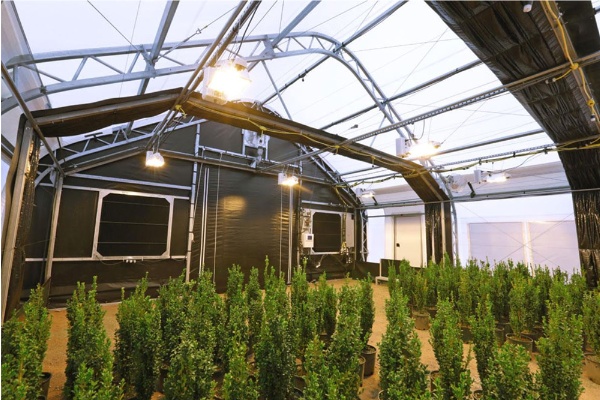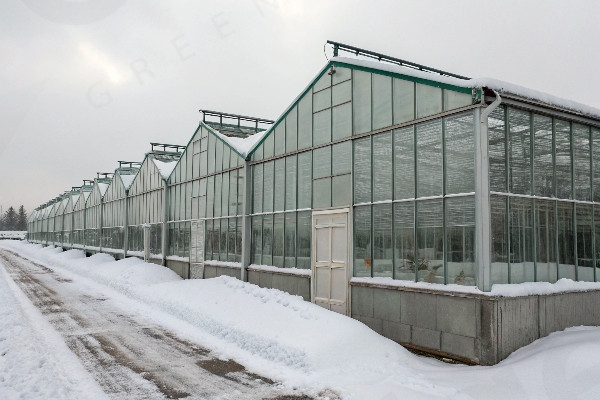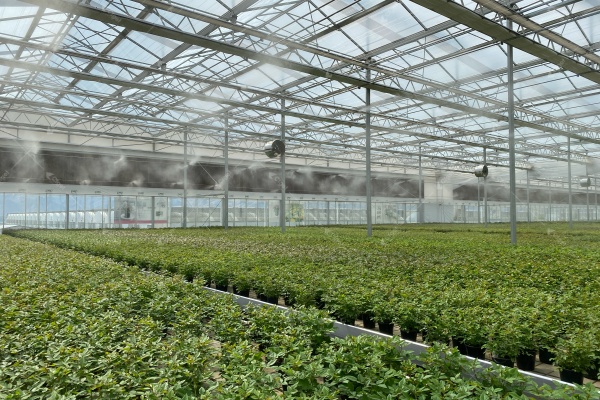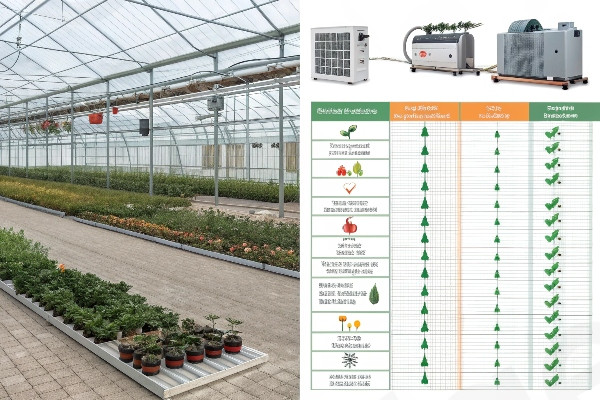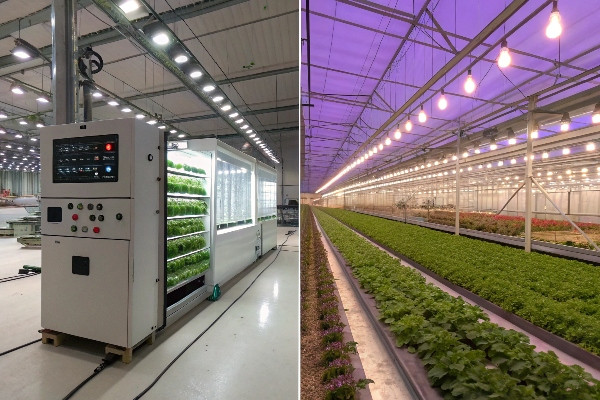Planning your controlled agriculture investment without knowing real costs leads to budget disasters and failed projects.
Light dep greenhouse setup costs range from $150-400 per square meter, while indoor farms require $1,500-3,500 per square meter initial investment. Operating costs favor light dep systems by 60-70% annually.
Three months ago, I met two entrepreneurs at an agricultural conference in Bangkok. Both wanted to start controlled environment farms with $200,000 budgets. The first chose a light dep greenhouse and built 800 square meters of growing space. The second went with indoor farming and managed only 100 square meters. Today, the greenhouse owner produces three times more revenue while the indoor farmer struggles with electricity bills.
Starting Budget for a Light Dep Greenhouse: Basic Facilities and Shading Systems?
Your initial investment determines whether you start profitable or spend years recovering setup costs.
Light dep greenhouse basic setup requires $120,000-160,000 for 400 square meters including structure, blackout systems, and climate control. Additional equipment like supplemental lighting adds $30,000-60,000.
Last year, I helped a client in Vietnam build a 500-square-meter light dep facility. We started with the essential components and added features gradually. This approach kept initial costs manageable while allowing revenue generation from day one.
Light Dep Greenhouse Cost Breakdown (400m²)
| Component | Budget Range (USD) | Percentage of Total |
|---|---|---|
| Greenhouse Structure | $35,000-45,000 | 25-30% |
| Blackout System | $25,000-35,000 | 20-25% |
| Climate Control | $20,000-30,000 | 15-20% |
| Electrical Installation | $15,000-20,000 | 10-15% |
| Water Systems | $8,000-12,000 | 5-8% |
| Foundation & Site Prep | $12,000-18,000 | 8-12% |
| Total Basic Setup | $115,000-160,000 | 100% |
The greenhouse structure forms your largest single expense. Polycarbonate panels cost more than polyethylene film but last longer and provide better insulation. I recommend investing in quality framing from the start. Replacing a collapsed structure costs far more than building it right initially.
Blackout systems require precision engineering. The curtains must seal completely to prevent light leaks during dark periods. Motor-driven systems cost more than manual ones but provide consistent operation. A single light leak can disrupt flowering cycles in photoperiod-sensitive crops like cannabis. I’ve seen growers lose entire harvests due to faulty blackout installations.
Climate control includes ventilation fans, exhaust systems, and heating or cooling equipment. In tropical climates, cooling dominates the budget. In temperate regions, heating becomes essential. Smart controllers cost $3,000-5,000 but reduce labor and improve crop consistency. The investment pays back through reduced losses and better yields.
Supplemental lighting adds significant costs but enables year-round production. LED fixtures cost $80-120 per square meter for adequate intensity. High-pressure sodium lights cost less initially but consume more electricity. For most light dep applications, I recommend starting without supplemental lighting and adding it after the first successful harvest.
High Investment Breakdown for Indoor Farms: Costs of LEDs, HVAC, and Control Systems?
Indoor farming requires substantial upfront capital that can overwhelm unprepared investors and strain cash flow for years.
Indoor farm setup costs $600,000-1,400,000 for 400 square meters including LED lighting, HVAC systems, and automation. LED lighting alone consumes 40-50% of the total budget.
I recently worked with a research institution in the Netherlands planning a 300-square-meter indoor facility. The initial quote shocked everyone. LED lighting systems alone cost more than an entire light dep greenhouse. We redesigned the layout three times to fit their budget constraints.
Indoor Farm Investment Breakdown (400m²)
| Component | Budget Range (USD) | Percentage of Total |
|---|---|---|
| LED Lighting Systems | $280,000-420,000 | 40-50% |
| HVAC & Climate Control | $120,000-200,000 | 15-25% |
| Growing Systems & Racks | $80,000-140,000 | 10-18% |
| Automation & Controls | $60,000-120,000 | 8-15% |
| Electrical Infrastructure | $40,000-80,000 | 5-10% |
| Building Preparation | $30,000-60,000 | 4-8% |
| Total Setup Cost | $610,000-1,020,000 | 100% |
LED lighting dominates indoor farm budgets. Quality fixtures providing 400-600 μmol/m²/s cost $700-1,050 per square meter. Cheaper LEDs fail prematurely or provide insufficient intensity. I learned this lesson when a client bought discount fixtures that lost 30% output within six months. The crop yields dropped proportionally, making the "savings" extremely expensive.
HVAC systems in indoor farms work much harder than greenhouse climate control. They must remove heat from LED fixtures while maintaining precise temperature and humidity. Dehumidification alone can require 50-100 watts per square meter continuously. Air circulation systems need redundancy because crop failure follows quickly after HVAC problems.
Growing systems vary dramatically in cost and complexity. Simple shelving with flood-and-drain irrigation costs $200-300 per square meter. Automated vertical systems with individual plant monitoring cost $600-900 per square meter. The choice depends on your crops, labor costs, and technical expertise.
Control systems integrate all components into a unified operation. Basic systems cost $40,000-60,000 for sensor networks, computers, and software. Advanced systems with artificial intelligence and predictive analytics cost $100,000-150,000. These systems justify their cost through improved yields and reduced labor, but require skilled operators.
Operational Cost Comparison: Electricity Consumption, Water Resources, and Labor Needs?
Monthly operating expenses determine long-term profitability more than initial setup costs in controlled agriculture.
Light dep greenhouses cost $8-15 per square meter monthly to operate, while indoor farms require $35-55 per square meter monthly. Electricity represents 70-80% of indoor farm operating costs.
I track operating costs for clients across different systems and regions. The patterns remain consistent regardless of location. Indoor farms consume three to four times more energy than light dep greenhouses. This difference compounds monthly, creating significant financial pressure on indoor operations.
Monthly Operating Costs (Per Square Meter)
| Cost Category | Light Dep Greenhouse | Indoor Farm |
|---|---|---|
| Electricity | $3-6 | $25-40 |
| Water & Nutrients | $1-2 | $2-4 |
| Labor | $2-4 | $5-8 |
| Maintenance | $1-2 | $2-4 |
| Insurance | $0.50-1 | $1-2 |
| Total Monthly | $7.50-15 | $35-58 |
Electricity costs dominate indoor farm budgets. LED lighting consumes 30-50 kWh per square meter monthly. HVAC systems add another 15-25 kWh monthly. At $0.15 per kWh, electricity alone costs $6.75-11.25 per square meter monthly. In regions with expensive electricity, these numbers increase proportionally.
Light dep greenhouses use electricity primarily for climate control and supplemental lighting during low-light periods. Monthly consumption typically ranges from 8-15 kWh per square meter. This dramatic difference in energy use creates a permanent competitive advantage for light dep systems in most markets.
Water consumption varies less between systems, but indoor farms often require higher-quality water due to recirculating hydroponic systems. Reverse osmosis equipment adds $0.50-1.00 per square meter monthly in operating costs. Light dep greenhouses can often use municipal water directly, reducing treatment costs.
Labor requirements depend on automation levels and crop types. Highly automated indoor farms reduce labor needs but require skilled technicians for maintenance. Light dep greenhouses need more routine labor for tasks like curtain maintenance and crop management, but workers need less specialized training.
Long-Term Economic Viability Assessment: Considering Yield, Market Price, and Maintenance?
Five-year financial projections reveal which system delivers better returns on your investment and effort.
Light dep greenhouses typically achieve 15-25% annual ROI with proper crop selection, while indoor farms require premium markets and high-value crops to reach 12-18% ROI due to higher operating costs.
I’ve tracked the financial performance of dozens of controlled agriculture operations over the past five years. The most successful light dep greenhouse generates $180 per square meter monthly revenue with 60% gross margins. The best indoor farm achieves $220 per square meter monthly but operates on 35% gross margins due to electricity costs.
Five-Year Financial Projection (400m² Facility)
| Metric | Light Dep Greenhouse | Indoor Farm |
|---|---|---|
| Initial Investment | $160,000 | $800,000 |
| Annual Revenue | $480,000 | $720,000 |
| Annual Operating Costs | $192,000 | $432,000 |
| Annual Gross Profit | $288,000 | $288,000 |
| Payback Period | 1.7 years | 4.2 years |
| 5-Year Net Profit | $1,280,000 | $640,000 |
| Average Annual ROI | 22% | 14% |
Yield differences between systems depend heavily on crop selection and management skill. Indoor farms can produce lettuce 40% faster than light dep greenhouses due to optimized lighting and climate control. However, this advantage diminishes with longer-cycle crops like tomatoes or cannabis where environmental precision matters less than light intensity.
Market prices favor indoor-grown produce in some segments. Pesticide-free leafy greens command premium prices when grown in sterile indoor environments. Consumers pay extra for year-round local production. However, these premiums rarely offset the higher production costs completely.
Maintenance costs increase with system complexity. Light dep greenhouses require curtain motor servicing, structural maintenance, and periodic covering replacement. Indoor farms need LED fixture replacement every 3-5 years, HVAC servicing, and electronic component repairs. Component failures in indoor farms often affect entire crops, while greenhouse problems typically remain localized.
The most profitable operations combine multiple revenue streams. Successful light dep growers often produce different crops in rotation, maximizing facility utilization. Indoor farms benefit from contract growing for restaurants or pharmaceutical companies willing to pay premium prices for consistent quality.
Conclusion
Light dep greenhouses offer faster payback and higher ROI for most applications, while indoor farms suit high-value crops with premium market access. Choose based on available capital, target crops, and local market conditions.

